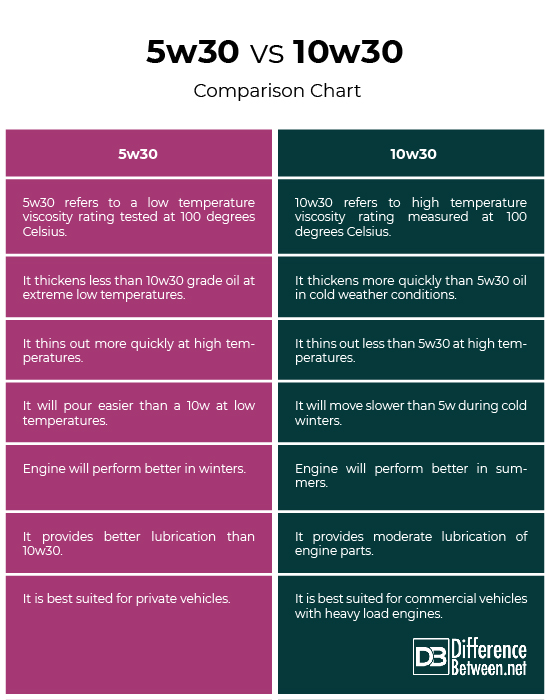# Can I Use Diesel #2 in My Truck?
If you are a truck owner, you might have wondered whether you can use diesel #2 in your truck. With different types of diesel available in the market, it’s essential to understand the differences and implications of using diesel #2 in your vehicle.
Diesel fuel is generally categorized into two main types: diesel #1 and diesel #2. Diesel #2, also known as ultra-low sulfur diesel (ULSD), is the most commonly used diesel fuel in trucks and other heavy-duty vehicles. On the other hand, diesel #1, also known as kerosene, has a lower viscosity and lower cloud point, making it suitable for use in cold weather conditions.
## What is Diesel #2?
Diesel #2 is the standard diesel fuel used in most trucks and commercial vehicles. It is characterized by its higher energy content and lubricity, making it suitable for high-compression engines. Additionally, ULSD has a significantly reduced sulfur content compared to its predecessor, low sulfur diesel (LSD), resulting in lower emissions of sulfur oxides when burned.
## Can You Use Diesel #2 in Your Truck?
The short answer is, yes, you can use diesel #2 in your truck. In fact, most modern trucks and diesel engines are designed to run on ULSD, making it the preferred choice for diesel-powered vehicles. Using diesel #2 in your truck is not only acceptable but is also recommended for optimal performance and compliance with environmental regulations.
## Benefits of Using Diesel #2 in Your Truck
There are several benefits to using diesel #2 in your truck:
1. Improved Engine Performance: Diesel #2 is formulated to provide maximum power and efficiency for diesel engines, ensuring smooth operation and reliable performance.
2. Reduced Emissions: With its lower sulfur content, diesel #2 contributes to reduced emissions of harmful pollutants, promoting environmental sustainability.
3. Better Lubrication: The higher lubricity of diesel #2 helps protect the engine’s moving parts, reducing wear and extending the engine’s lifespan.
4. Widespread Availability: Diesel #2 is readily available at most fueling stations, making it convenient for truck owners to refuel their vehicles.
## Considerations When Using Diesel #2
While using diesel #2 in your truck is generally recommended, there are a few considerations to keep in mind:
1. Cold Weather Performance: In extremely cold weather conditions, diesel #2 may require additives to prevent gelling and ensure proper engine performance.
2. Fuel Quality: It’s important to ensure that the diesel #2 you use meets the required quality standards to avoid potential engine issues.
3. Compatibility: Some older diesel engines may not be compatible with ULSD, so it’s essential to check the manufacturer’s recommendations for your specific vehicle.
## Differences Between Diesel #1 and Diesel #2
One of the key differences between diesel #1 and diesel #2 is their suitability for different weather conditions. Diesel #1, with its lower cloud point, is better suited for cold weather, while diesel #2 performs well in a wide range of temperatures.
Additionally, diesel #1 has a lower energy content compared to diesel #2, which can result in reduced fuel economy when used in vehicles optimized for diesel #2.
## Final Thoughts
In conclusion, using diesel #2 in your truck is not only acceptable but is also beneficial for optimizing engine performance and reducing emissions. It’s essential to adhere to the manufacturer’s recommendations and ensure that the diesel #2 you use meets the required quality standards.
As a truck owner, understanding the characteristics and benefits of diesel #2 can help you make informed decisions about fueling your vehicle. With the right fuel choice and proper maintenance, your truck can continue to deliver reliable and efficient performance on the road.


